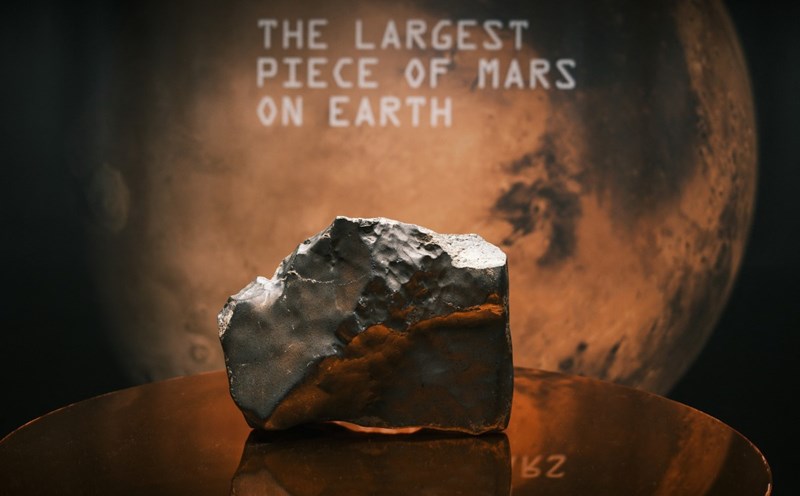A new study conducted by New York University in Abu Dhabi (Saudi Arabia) has revealed the possibility of life existing on the surface of Mars, based on the interaction between cosmic rays and water underground.
The report, published in the International Journal of Astrobiology, shows that high-energy particles from space - cosmic rays - are not only harmless in certain environments, but can also play a role in supporting life.
The research team led by Dimitra Atri focused on understanding what happens when cosmic rays collide with water or ice molecules deep underground on planets and moons in the solar system.
This effect breaks down water molecules, releasing electrons - the type of particle that some bacteria on Earth can use to produce energy. This mechanism is called "radytical propagation", similar to photosynthesis but without sunlight.
Contrary to the long-standing view that life can only arise near heat sources such as the sun or volcanoes, new research shows that cold and dark environments can also fuel bacteria living underground, as long as there is water and cosmic rays that can penetrate.
Using computer simulations, the team calculated the amount of energy that could be generated using this mechanism on planets such as Mars, Enceladus - a moon of Saturday, and Europa - a moon of Mars. These artifacts are all covered with a thick layer of ice and are believed to contain water below the surface.
The results show that the moon Enceladus has the highest potential to sustain life by this method, followed by Mars and Europa. This opens up new directions for the cosmic biology industry, in which the search for life in places with sunlight is no longer limited.
Atri believes the discovery could change the way people evaluate places with the potential for life in the universe. Instead of just targeting warm planets lit by the sun, scientists can start paying attention to cold and dark places, as long as conditions are suitable such as groundwater and the presence of cosmic rays.











